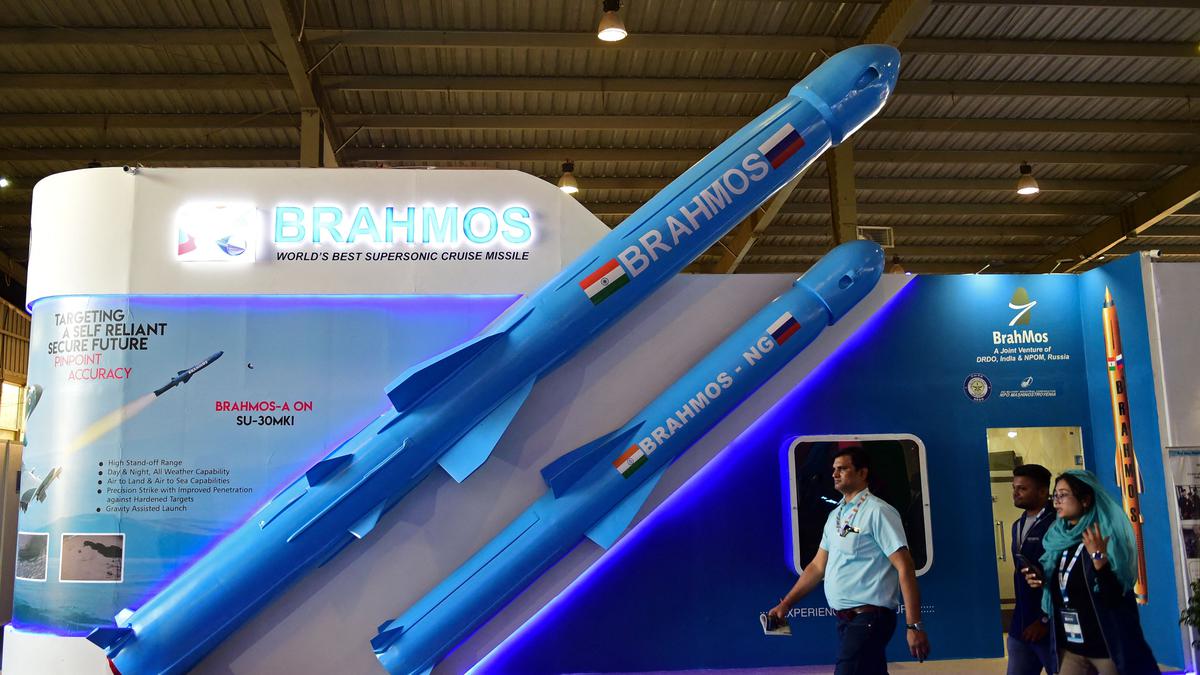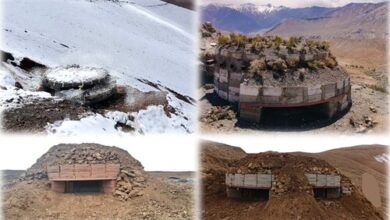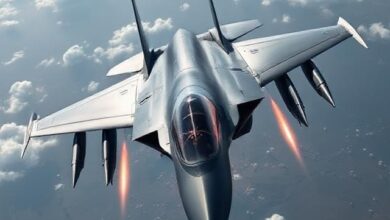‘Stealthier & Lighter’ LCA Tejas To Be Armed With BrahMos-NG Missile; Could Be Used By Russian Air Force

- The missile can be fired from the ground, the air, or the water. Because it is small, this missile can be fired from the torpedo tubes of a submarine.
- Military engineers and experts have called the BrahMos missile a "game-changer" because they think it makes enemies run for cover when it is used.
Atul Dinkar Rane, CEO and Managing Director of BrahMos Aerospace, has said that tests of the air-based version of the next generation BrahMos missile (BrahMos NG) will start in late 2024. This could speed up this development by a lot.
Rane said, “We have to make it smaller.” He also said that the next generation of BrahMos missiles will be “half the weight” and smaller in size. “Right now, we’re working on that. “By the end of next year, we’ll start to test that,” Rane said.
He said that the company would show off the missile in two to three years and that it might take a year to start making it. So, the CEO said, “I will say that by December 2025 or the middle of 2026, we will have this smaller missile that can fit on any plane.”
As of now, the Indian Air Force (IAF) is putting BrahMos cruise missiles on the Su-30MKI. At the end of December, the IAF tested a Brahmos Air Launched missile with a longer range against a ship target from an SU-30MKI plane.
The new BrahMos-NG is being made for the LCA Tejas. It would give the plane a lot more fighting power and allow it to carry both short-range thermal missiles and long-range missiles that can’t be seen.
LCA Tejas has already tested the fifth-generation Python air-to-air missiles and is now equipped with the Derby Beyond Visual Range (BVR) air-to-air missile.
The most powerful BrahMos missile India has is named after the Brahmaputra and Moskva rivers. It was made by DRDO and Russia’s NPO Mashinostroyeniya working together.
This missile has been used by the Indian military for a long time. It can be fired from air, sea, and subsea platforms at sea-based and surface targets.
The current air-launched missile weighs 2.65 tonnes, but with the NG, it will only weigh 1.33 tonnes. As BrahMos Aerospace officials have said before, the LCA can carry up to two BrahMos-NG missiles, while the SU-30MKI could have up to four BrahMos-NG missiles.
The Indian Air Force and Indian Navy will eventually add the BrahMos-New Generation missile to their MiG-29 fighters. Also, if what the news says is true, they will be made available to the Russian Aerospace Forces in the future.
How Is BrahMos-NG Different?
In October of last year, the CEO of BrahMos Aerospace told reporters that work was being done on the BrahMos-NG and that design work was well along. He talked about some important parts of the missile and said, “Our goal is 1,330 kilogrammes. The same 300 km range applies to how well the car works. We want it to be able to be launched from any plane in India.
With a range of up to 290 kilometres and nonstop supersonic flight, the BrahMos missile is used by all three branches of the Indian military. It reduces the number of targets that are spread out, shortens the time it takes to engage, and makes sure that no weapon system can stop it.
Using the “Fire and Forget” principle, it takes several routes to get there.
BrahMos hits a target with a lot of kinetic energy, which gives it a strong force that can do a lot of damage. It can cruise at a height of up to 15 kilometres, but it only needs to land at a height of 10 metres. The missile can carry a 200-300-kilogram conventional warhead.
The BrahMos missile is used right now. The BrahMos-NG (Next Generation) missile is a smaller version of the BrahMos missile. It should be 50% lighter and three metres shorter than the current BrahMos. It should also have the same Mach 3.5 speed and 290-kilometer range. It will be about 5 metres long and 1.5 tonnes heavy.
Due to its smaller size and lighter weight, the BrahMos-NG can be carried by a number of platforms, like regular submarines and fighter planes. The missile can be fired from the ground, the air, or the water. Because it is small, this missile can be fired from the torpedo tubes of a submarine.
The radar cross-section (RCS) of BrahMos NG is smaller than that of the original BrahMos missile. This makes it more stealthy and harder for air defence systems to find and attack the target.
This missile could also bring in customers from other countries, especially since the CEO said that many other countries were interested in buying different kinds of the supersonic cruise missile.
Putting this missile on the LCA Tejas could even help the plane’s export value at a time when the Indian government has tried hard but failed to export this fighter jet that was made in India.
Military engineers and experts have called the BrahMos missile a “game-changer” because they think it makes enemies run for cover when it is used.
A smaller version of BrahMos could make a big difference in India’s firepower and ability to fight, and it could be a force multiplier for the Indian Armed Forces when India faces problems on both of its borders and the growing threat from China.







Facebook Comments